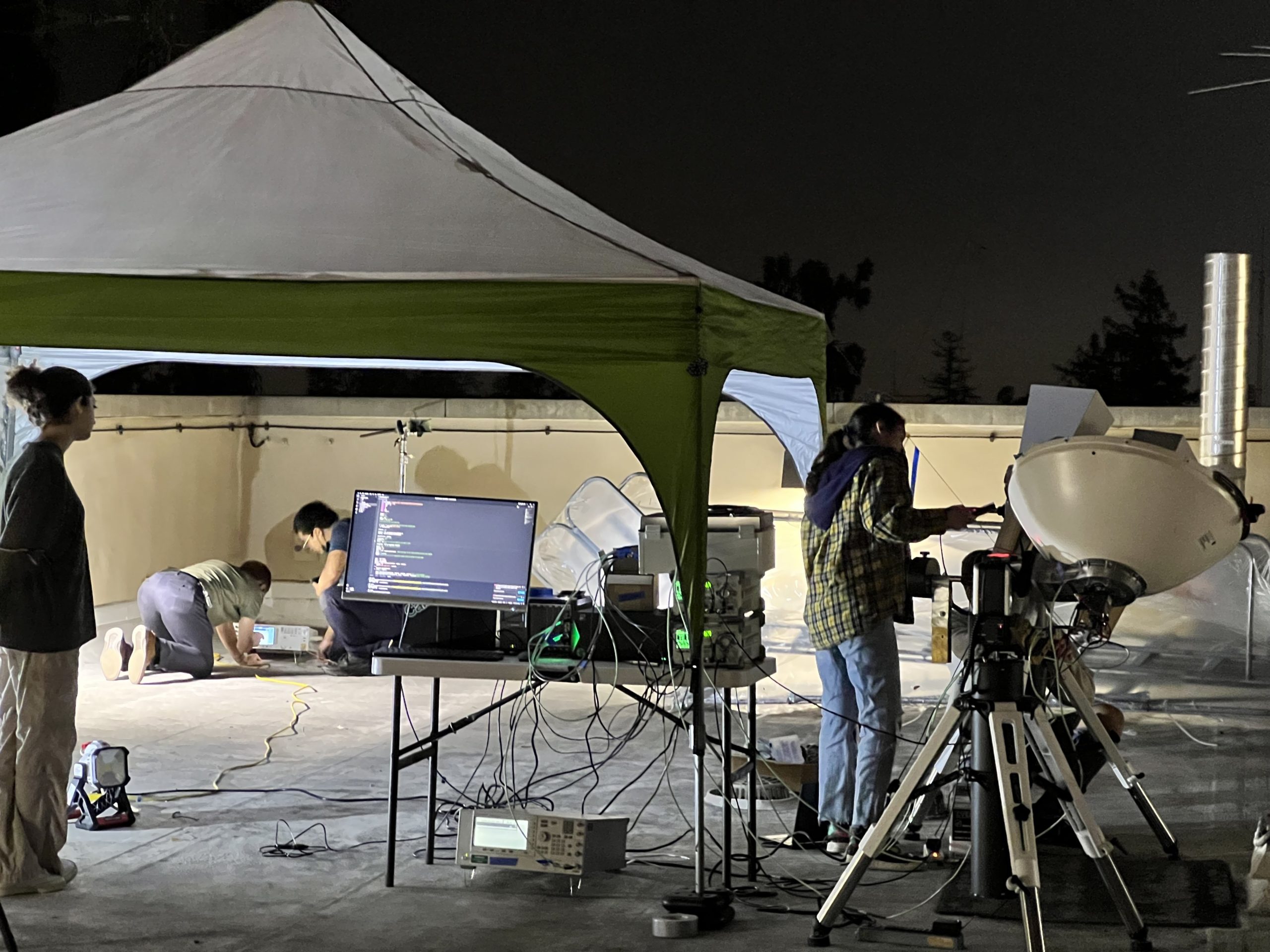
The prototype of an orbital solar power station launched in January has beamed power collected in space to Earth for the first time.
The Space Solar Power Demonstrator (SSPD) is being put into operation by scientists at US university Caltech, raising the prospect of abundant and constant solar power.
The specific technology demonstrated is a microwave power transmitter to beam energy to desired locations. According to Caltech, for SSPP to be feasible, energy transmission arrays have to be light and flexible to minimise the cost of deploying them.
The microwave system was developed by a team led by Ali Hajimiri, a professor of electrical engineering and co-director of SSPP.
Hajimiri commented: “We have been able to program the array to direct its energy toward Earth, which we detected here at Caltech. We had, of course, tested it on Earth, but now we know that it can survive the trip to space and operate there.”
He added: “To the best of our knowledge, no one has ever demonstrated wireless energy transfer in space even with expensive rigid structures. We are doing it with flexible lightweight structures and with our own integrated circuits. This is a first.”
So far, the demonstration project has shown that the apparatus can survive the launch, collect energy and direct it to a target. However, the team has also collected more detailed data, such as how the 16 transmission antennae can be optimised.
The experiments will continue for up to six months, after which the team hope to have gained enough understanding to create a new generation of space-based solar collectors, each of which is theoretically capable of collecting eight times more power than it would on Earth.
Caltech comments: “When fully realised, SSPP will deploy a constellation of modular spacecraft that collect sunlight, transform it into electricity, then convert it to microwaves that will be transmitted wirelessly over long distances to wherever it is needed—including locations that currently have no access to reliable power.”
Further reading:










